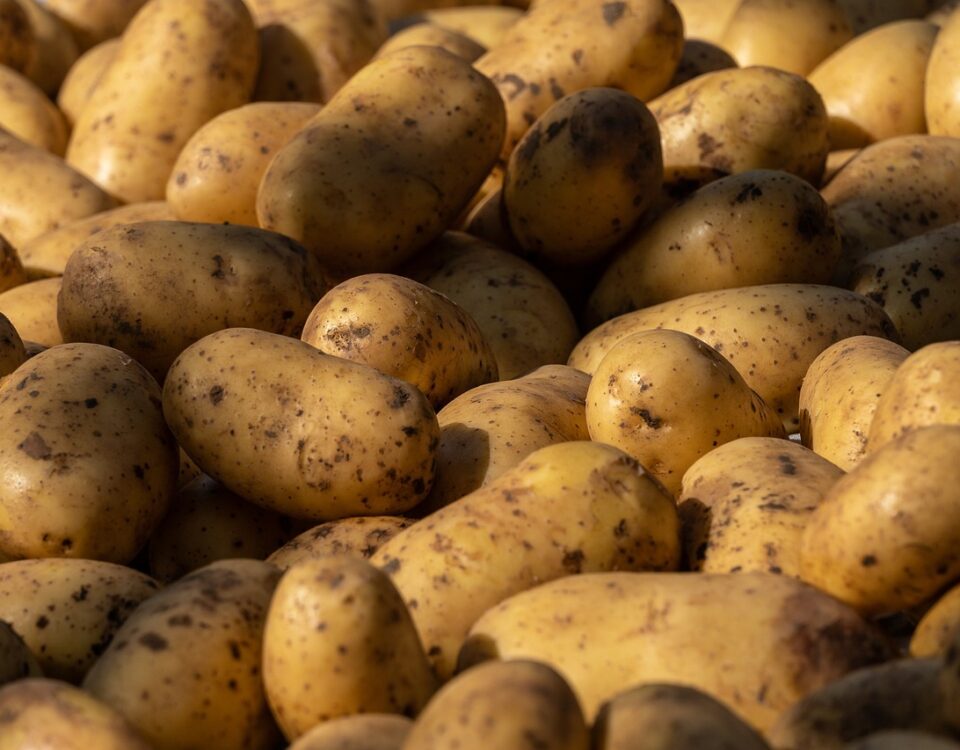
A Christmas Tree’s Economic Message
November 29, 2021
Deciding Who Won’t Get a U.S. Check
December 1, 2021Our story starts in the early 1980s. The local Indian government envisioned the potential of a national park. They planned to preserve a habitat and grow an economy.
It was not quite that easy.
The Great Himalayan National Park
The Park
The Great Himalayan National Park (GHNP) is the home of glacial snow melt, old growth forests, and alpine meadows. Also, blue sheep and the endangered western horned tragopan pheasant live there.
The bird is amazing. Do take a look:
The park spans 452 square miles:

The Villagers
Because GHNP’s designers wanted to minimize the human presence, they had to relocate the four communities that lived inside the park. In addition, they denied access to the 15,000 neighboring villagers that depended on the park’s plants and trees. As a result, the park’s food, medicinal herbs, and firewood were off-limits. The villagers no longer used the meadows for their sheep and goats.
Below, you can get an idea of the habitat:

Ecotourism
At this point, the villagers were supposed to transition to a new economy. Instead of the park’s resources, they had ecotourism. The market was supposed to replace their traditional activities. As a tourist mecca, the park would provide businesses where they could work. Even their herbs could come from mini-plantations.
In 1999, the park opened. Although some perceived new opportunities, many of the villagers resisted the change.
Our Bottom Line: Tradition
When scholars and conservationists discuss the GHNP, they focus on the impact of ecotourism. Instead, as economists, we can ask how to transition from a traditional economy. One of the three basic economic systems (tradition, command, the market), tradition is the most static. Because roles are passed down from one generation to the next, the system is insular. There is little innovation and education.
The GHNP required that a traditional economy change for more than 15,000 people. The result was some unintended consequences.
My sources and more: Most of today’s post is based on two Outside/In podcasts, here and here. Then, I accessed even more facts at earthisland. (I should point out that all of my facts came from conservation websites.)
![econlifelogotrademarkedwebsitelogo[1]](/wp-content/uploads/2024/05/econlifelogotrademarkedwebsitelogo1.png#100878)




